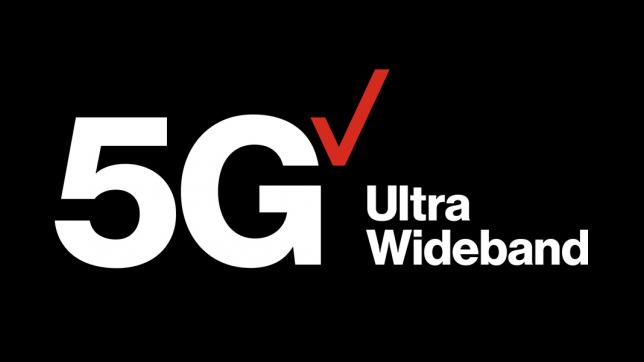5G Networks Coming to New York City

By Robert Pena
New York City residents may soon have download speeds that are many times faster with the introduction of fifth generation cellular network technology. The 5G technology resolves two problems with the current 4G networks: slow download speeds and latency, or delays, sending information.
Some, such as Manhattan Borough President Gale A. Brewer, think 5G will be a boon for innovation in many fields from health to tech and that it will help with data collection and smart cities. However, currently 5G has trouble penetrating walls, glass and buildings. “Manhattan is nothing but walls, glass and building, we need to make sure that any city investment in this can reach people in their homes.”
Scott Rasmussen is a representative for NYC Mesh. NYC Mesh connects apartments, small businesses, schools and entire buildings to the internet using wireless routers and fibers. Rasmussen is in favor of 5G networks but has some concerns. “5G networks will undoubtedly in many ways be a benefit to the city, but there are some really real downsides, not only connecting more devices like phones and vehicles, but one of the biggest concerns is equity and making sure that the 5G serves all New Yorkers needs,” he says.
Rasmussen believes safeguarding net neutrality with fast lanes and protecting privacy are two important considerations with 5G. The real conversation that needs to be had, he says, is about the commodification of private space. “It is happening and will happen,” says Rasmussen. “We need to use our city government and other community resources to find out when the roll out occurs in the community and be vigilant and active to make sure that is done in manner that is responsible, equitable and meeting the needs of New Yorkers and not just meeting the needs of Verizon’s bottom line.”
Four telecommunication companies are currently providing this service: Verizon, T-Mobile, AT&T and Sprint. Verizon already provides 5G service in cities like Houston, Indianapolis, Los Angeles and Sacramento. AT&T provides service in New Orleans, Dallas and Atlanta. T-Mobile is merging with Sprint to offer its service in cities like Los Angeles, Las Vegas and Dallas. These telecommunication companies plan to expand in more cities around the U.S.
5G technology is making new technologies possible like millimeter waves, small cells, massive mimo, beamforming and full duplex. Millimeter waves is a radio frequency that will allow more devices to join radio frequencies, but in smaller sizes of gigahertz instead of kilohertz. Small cells are base stations that will allow millimeter waves to transmit signals around obstacles. Massive mimo is a system that uses more antennas in order to transmit and receive information. Beamforming is a traffic signaling system that allows each signal to focus on one specific user, which allows for more incoming and outgoing data streams at once. Full duplex is a signaling system that allows multiple users to communicate information in different frequencies.
“The city is just beginning to look at 5G, so we don’t have a lot about say about the advantages and disadvantages just yet,” said Kathleen Clark, director of communications for the Mayor’s Office of the Chief of Technology Officer.
Manhattan and Bronx residents have mixed opinions about the new technology coming to the city. “I think 5G can improve the speed of the information one sends and receives, but does mean that people will rely more on this new service than they already do by using their cell phones alone?” said Jessica Ramirez, 28, a Manhattan resident.
“This service does provide a more efficient and faster way to communicate, but does bring up concerns with risks to health because of the high radio waves that can possibly lead to cancer,” said Bronx resident Franklin Devers, 35.
Eric Sharp, 25, lives in the Bronx and is optimistic but says there are issues with the technology. “Two advantages of 5G are the speed and the multiple devices that can be used at once, but with that being said, one disadvantage is associated with health risks like living close to the cell towers can lead to more exposure to higher wave frequencies and have long term effects.”
Others are more concerned about who will see the 5G benefits. “I see this 5G technology as a positive for New York City because of the fast download speeds and what can be done with this new technology in the long run by residents,” said Margara Garcia, 41, of Manhattan. “But I do have questions surrounding the equity and the roll out of this new technology.”
Saved under Featured Slide, News
